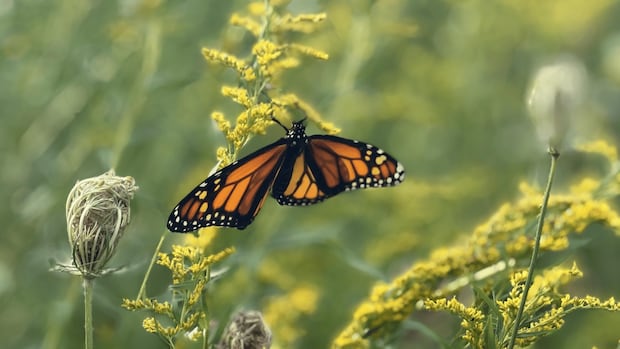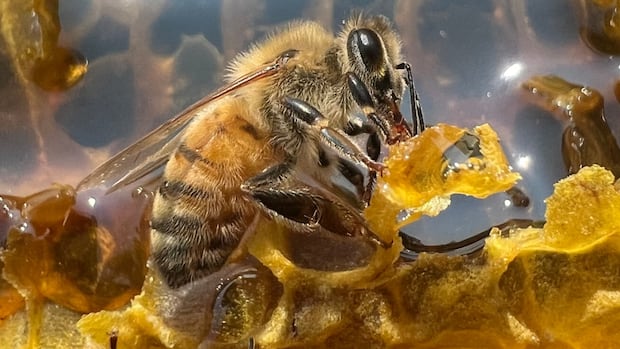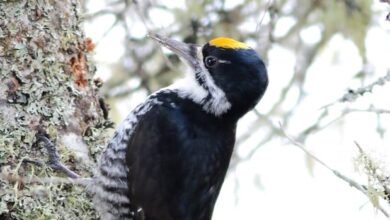Extreme summer weather could further endanger monarch butterflies, researchers fear

Researchers from the University of Ottawa have raised concerns about the impact of this summer’s drought and record-breaking heat on the fall migration of the endangered monarch butterfly. The extreme weather conditions are believed to be hindering the production of nectar, which is essential for fueling the monarchs’ journey to Mexico.
Associate professor Heather Kharouba emphasized that climate change is a significant factor affecting monarch populations, with adverse weather conditions having a direct impact on their survival. The butterfly, classified as endangered by Climate Change and Environment Canada, is facing increasing threats due to changing environmental conditions.
To better understand the effects of warming temperatures on the plants that monarchs rely on, researchers conducted a study at a farm in Kinburn, Ottawa. By creating controlled environments with mini-greenhouses, they were able to simulate the effects of climate change on plant growth and nectar production.
Master’s student Jenna Boomhower, who led the project, explained that the drought has caused the nectar to become thicker, making it difficult for monarchs to extract the necessary nutrients. This unexpected challenge has added complexity to the study, highlighting the interconnectedness of environmental factors on butterfly populations.
Despite the obstacles posed by the dry summer, researchers remain committed to analyzing their findings and understanding how monarchs are adapting to changing conditions. By studying the interaction between plants, nectar quality, and butterfly behavior, they hope to gain valuable insights into the resilience of these iconic insects.
As the experiment continues until mid-September, researchers will closely monitor the monarchs and evaluate their responses to the evolving environment. With over 300 butterflies bred for the study, the team aims to gather comprehensive data that will inform conservation efforts and support the long-term survival of the monarch butterfly population.




